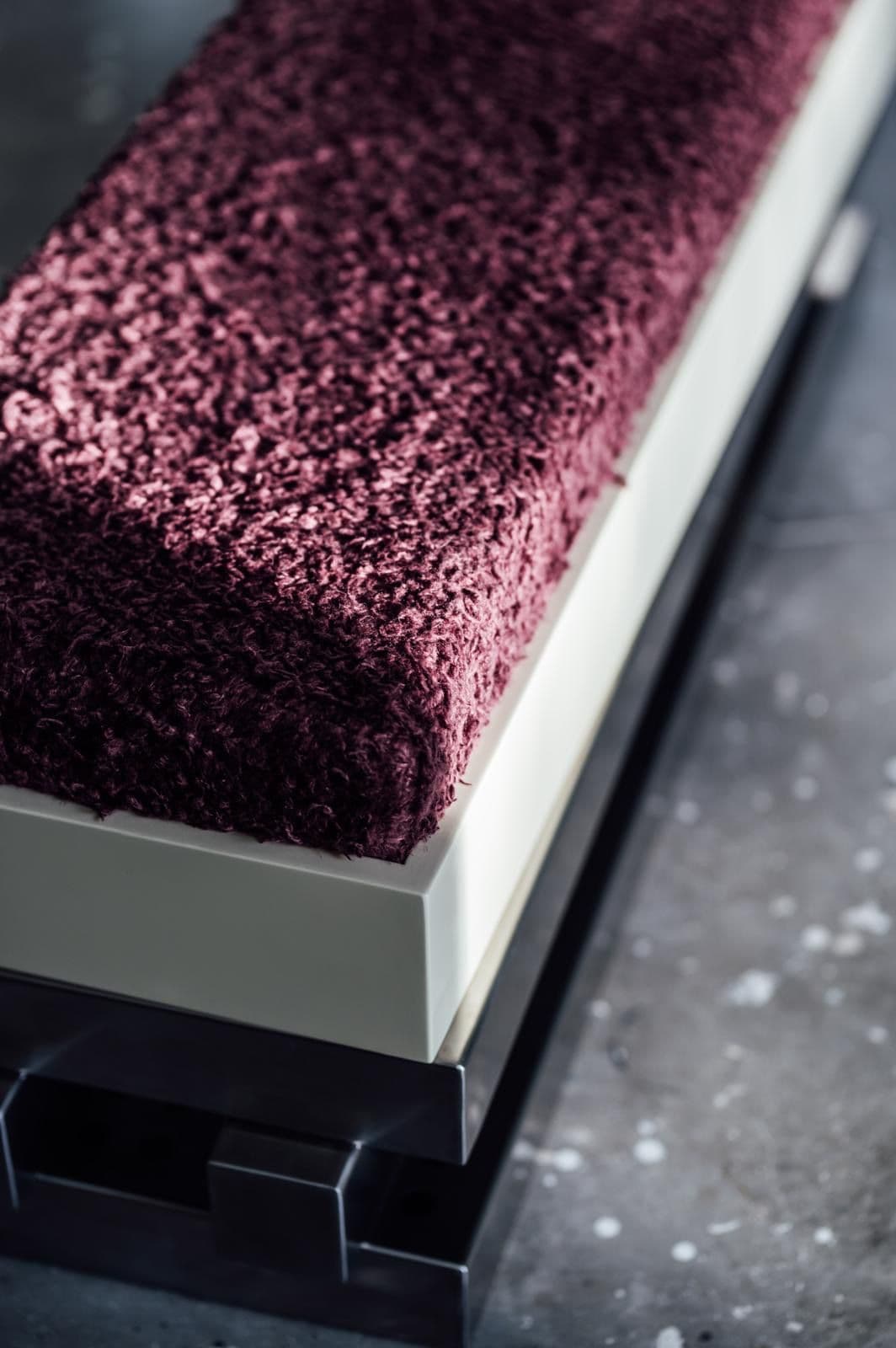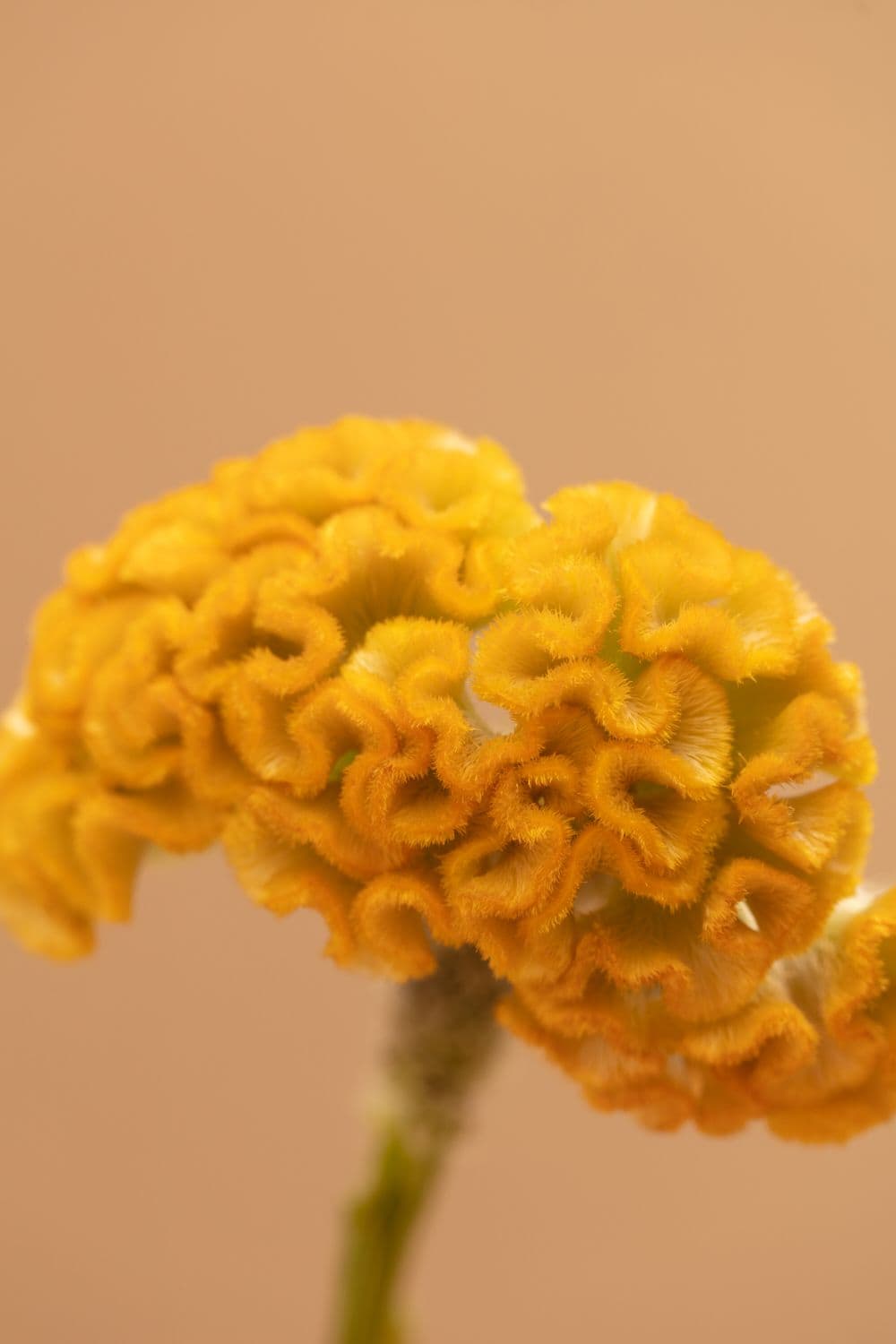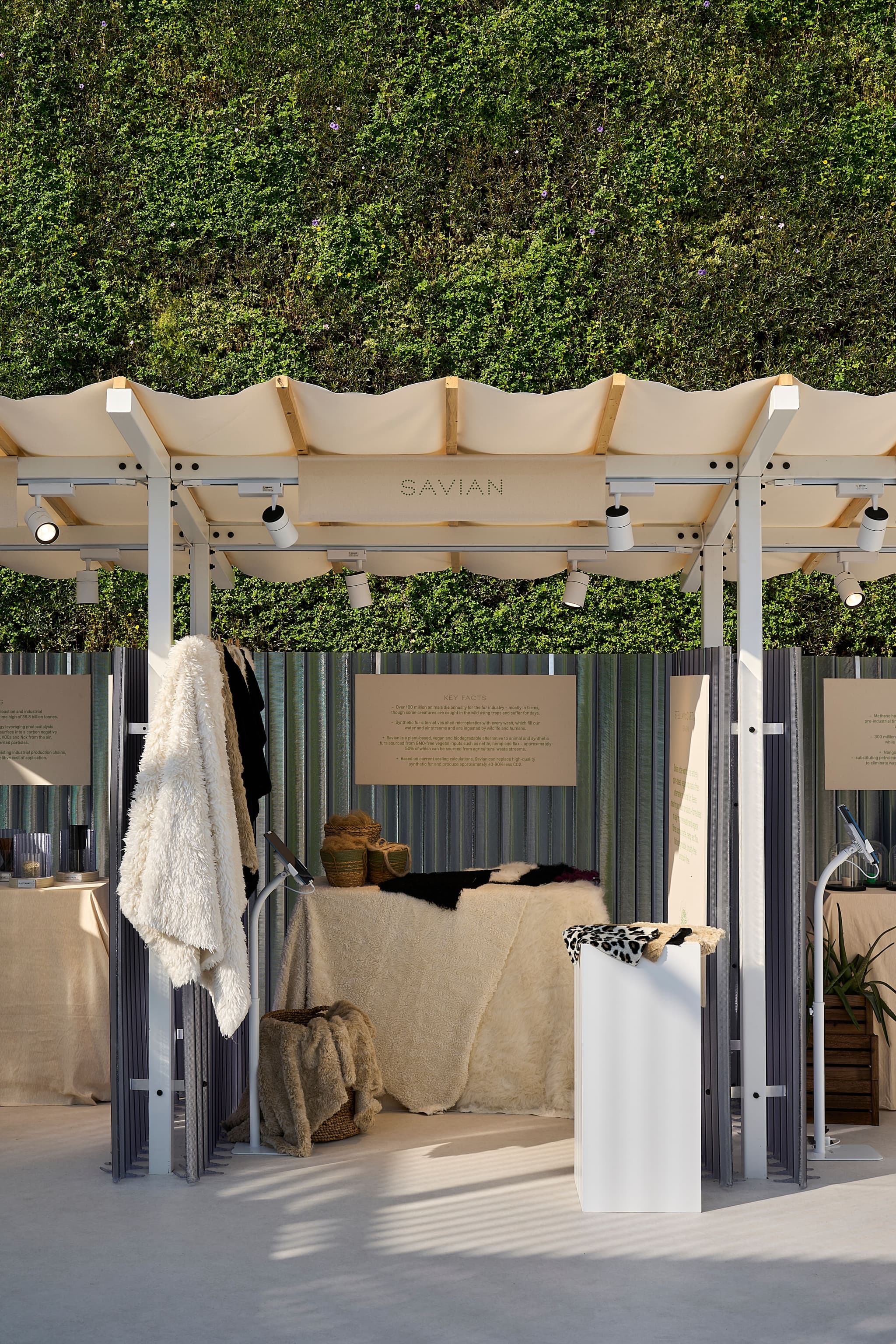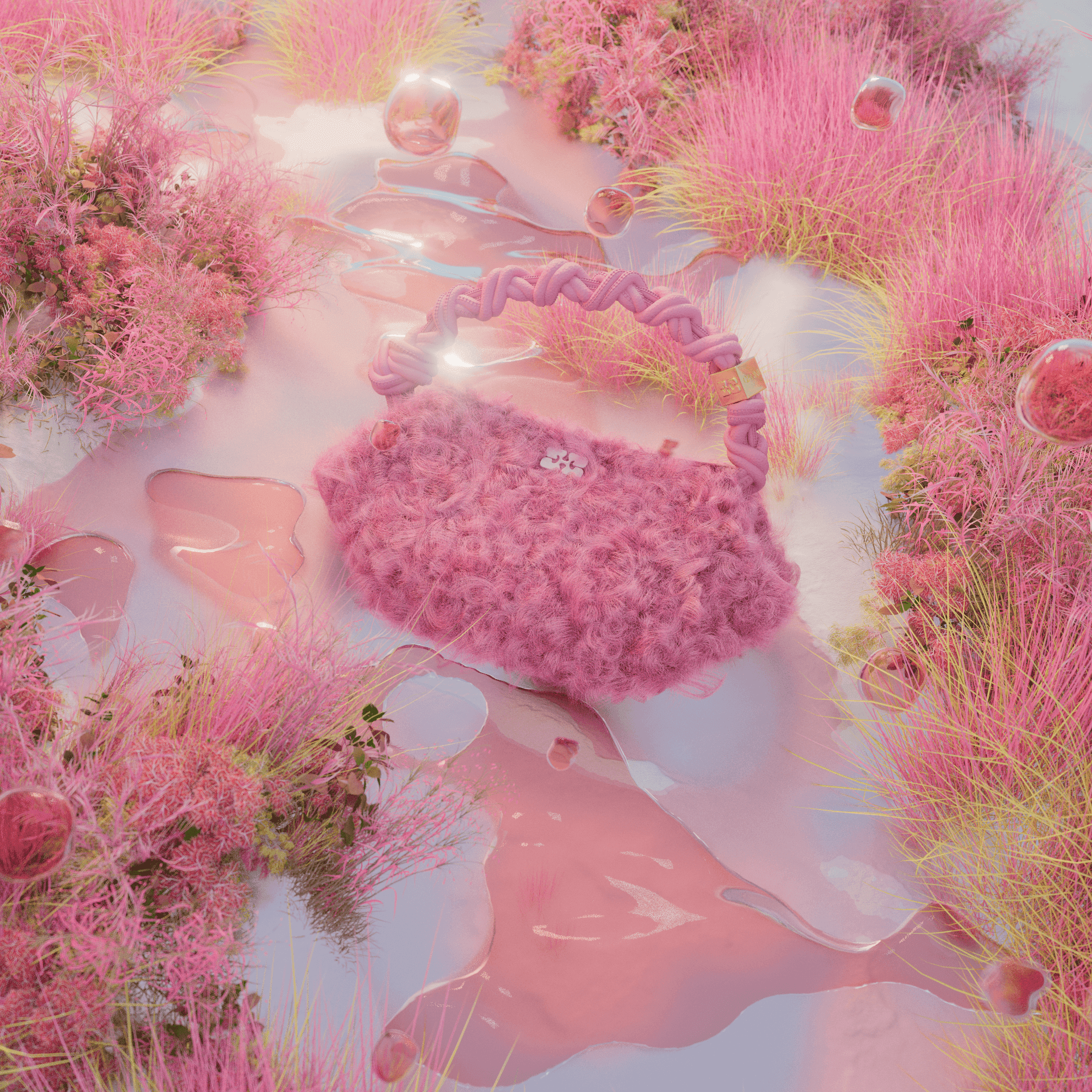1. Savian has created the first 100% plant-based, plastic-free fur alternative. Could you explain the core material components and the technology behind this innovation? What makes it a sustainable alternative to traditional animal fur?
Savian is crafted entirely from natural plant fibers, primarily nettle, flax, and hemp, which are selected for their low environmental impact, strength, and versatility. These fibers are processed using proprietary, plastic-free techniques that replicate the softness and texture of traditional fur. Unlike animal fur, which involves resource-intensive farming and ethical concerns, or synthetic fur, which is derived from plastic and sheds microplastics, Savian is non-toxic and circular by design. It offers a sustainable alternative that minimizes harm to the planet while delivering on luxury aesthetics.

2. The plant fibers used in Savian, such as nettle, hemp, and flax, are often seen as highly sustainable. How do these materials contribute to both the aesthetics and performance of the fur alternative in comparison to conventional fur or synthetic options?
Nettle, hemp, and flax are regenerative crops that require minimal water, pesticides, and land, making them inherently sustainable. Their natural fiber structures allow us to engineer Savian with a soft, rich texture that rivals animal fur and outperforms many synthetic alternatives in breathability and biodegradability. These fibers also provide structural integrity and durability, allowing Savian to perform under the same use cases as traditional plush materials, whether in fashion, accessories, or interiors, without compromising elegance or function.

3. You claim a 40–90% reduction in CO₂ emissions in the production of Savian’s materials. How is this reduction measured, and what role do the plant fibers play in this environmental benefit?
Our carbon reduction claims are based on preliminary Life Cycle Assessments (LCAs) comparing Savian with both mink fur and polyester-based faux fur. For example, mink farming is known to emit up to 30 times more CO₂ than cotton. Plant fibers like nettle, hemp, and flax are carbon-efficient, often acting as carbon sinks during cultivation. Combined with our low-energy, chemical-free processing methods, Savian achieves up to 90% lower emissions, depending on the application and comparison material.

4. As a luxury brand that is moving towards more sustainable practices, how do you ensure that Savian maintains the same level of luxury and appeal as traditional fur? What role does texture, durability, and visual appeal play in your design strategy?
Luxury is about experience, aesthetics, and longevity. Savian was designed with all three in mind. We’ve worked tirelessly to ensure the hand-feel is soft, dense, and rich, with variations in texture and pile height to mimic the luxurious quality of real fur. Durability has been a core R&D focus, ensuring that Savian can be used across demanding applications like outerwear and upholstery. Our design strategy involves constant collaboration with fashion designers to refine the material’s look, drape, and color customization so that sustainability enhances but does not compromise the luxury appeal.

5. How do you see plant-based materials, like Savian, impacting the future of high-end fashion, particularly in fur and accessory design?
We believe plant-based materials will become essential to the future of high-end fashion, not just as a trend but as a response to growing environmental regulation, consumer awareness, and material innovation. Savian allows designers to create opulent, ethical collections that align with modern values of sustainability and cruelty-free sourcing. As more brands set ambitious ESG targets, plant-based alternatives will enable them to maintain creative expression while reducing their environmental footprint. We see Savian not as a compromise, but as a new gold standard in luxury material innovation.

6. In terms of consumer perception, what challenges do you face in convincing the market to embrace a plant-based alternative to animal fur? How do you communicate the environmental and ethical benefits of your material to consumers?
One challenge is overcoming the perception that sustainability comes at the cost of performance or aesthetics. To address this, we emphasize transparency, education, and storytelling, highlighting Savian’s plant-based origins, lack of plastic content, and safety certifications like Oeko-Tex. We collaborate with trusted designers and luxury brands, such as Stella McCartney and GANNI, to demonstrate real-world use and build credibility. Our communications center on emotional resonance, showing that choosing Savian supports not just the planet, but also the health and values of the next generation.

7. What’s next for Savian in terms of material innovation? Do you have plans to further enhance the sustainability of your plant-based fur alternative or expand into other product categories?
Our R&D pipeline includes expanding into fully circular systems, where Savian can be reused, recycled, or composted through verified channels. We're also developing new finishes and blends to offer more texture, pile variations, and even stretch capabilities for activewear and accessories. In parallel, we're scaling BioPlush, a soft, plant-based material specifically for plush toys and comfort textiles, particularly addressing the need for child-safe, microplastic-free alternatives. Over the next 3–5 years, our goal is to lead the plant-based textile category across multiple industries, transforming not only fashion but also interiors, packaging, and beyond.








